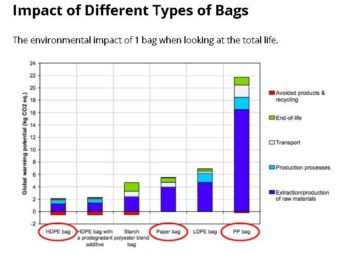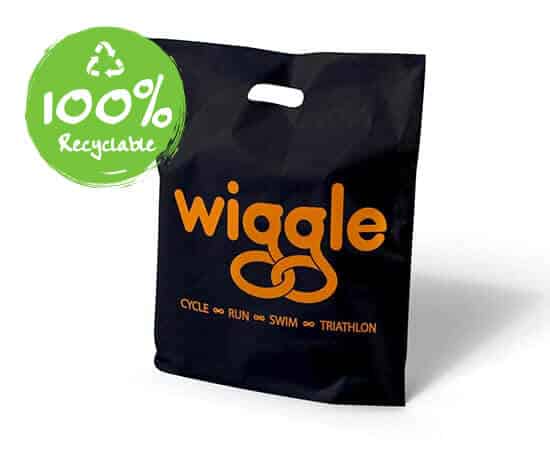
Reusable vs Disposable: Which Is Better?
When it comes to choosing the type of bag most suited to your company and brand, there are a number of factors to take into consideration, one of which is whether reusable or disposable bags are the better choice. Weighing up the advantages and disadvantages of these can be time-consuming, so we have done it for you, letting you make that all important decision with ease.
What Is The Difference?
Firstly, we need to establish the difference between disposable and reusable and the forms they’re likely to come in;
Disposable bags tend to be either made out of:
- Basic plastic (HDPE)
- Paper
Reusable bags, on the other hand, are usually made out of:
- Cotton – generally known as tote bags
- Polypropylene – commonly distributed by retailers and more durable than plastic disposable bags
Which Is Better For The Environment?
If your company and brand are renowned for helping the environment, you may have noticed an increase in your sales. With recent and ongoing warnings about the damage we are doing to the planet we live on, the world is becoming more and more eco-friendly, so businesses are having to go that extra mile to cater to demand.
Recent tests indicate that reusable bags actually require more material, and therefore more energy than disposable bags do. In turn, this means that the reusable bag ultimately created a bigger carbon footprint on the planet:

While it may seem that disposable bags are therefore the better option, is this necessarily true? We’re digging a little deeper.
Reusable Bags
The impact a reusable bag has on the environment depends on the materials it is made out of. Even those that are labelled as environmentally friendly can have a profound impact on the planet. Due to a reusable bag needing to last longer, it needs to be more durable, stronger and heavier. In turn, the reusable bag requires more resources, so the footprint on the environment is increased.
If these bags are taking up more resources, when do they become beneficial for the environment? After all, we wouldn’t go through the process of making and promoting their value if they didn’t have a positive purpose.
Well, the more you use your reusable bag, the more eco-friendly it will become. In order to make the bag environmentally friendly, you need to use it as many times as you possibly can – without this, it defeats the object of creating a reusable bag. In order for the bag to become eco-friendly you must:
- Use a cotton bag 173 times
- Use a non-woven polypropylene bag 14 times
- Use a paper bag 4 times
- Use a recycled plastic bag 1-2 times
Disposable Bags
Even though disposable bags are incredibly convenient and do biodegrade over time, they are still causing detrimental damage to the environment and are one of the biggest causes of pollution. The Environmental Protection Agency recently announced that, around the world, between five hundred billion and one trillion disposable bags are used every day.
After their average 12 minutes of fame, disposable plastic bags then end up in oceans and landfills, creating a disgusting mess. In order to make these bags, billions of pounds of fossil fuels are used, in addition to an extortionate amount of fresh water. These resources are very precious and could be used in a number of different ways, which wouldn’t result in the same way.
Which Is Better?
So, which one is better? Having weighed up the two types of bags, it is clear that reusable bags are more eco-friendly, however, this is only the case if they are reused a number of times. Therefore, if you are creating reusable bags to promote your brand on, it is important that you develop a design that portrays your brand in a positive light, and that your customers will want to reuse. Choose a suitable material that is durable and will last the test of time and you will see your brand promoted for a while to come, whilst maintaining an eco-friendly image.
For more information about reusable and disposable bags, contact a member of our team, today.













